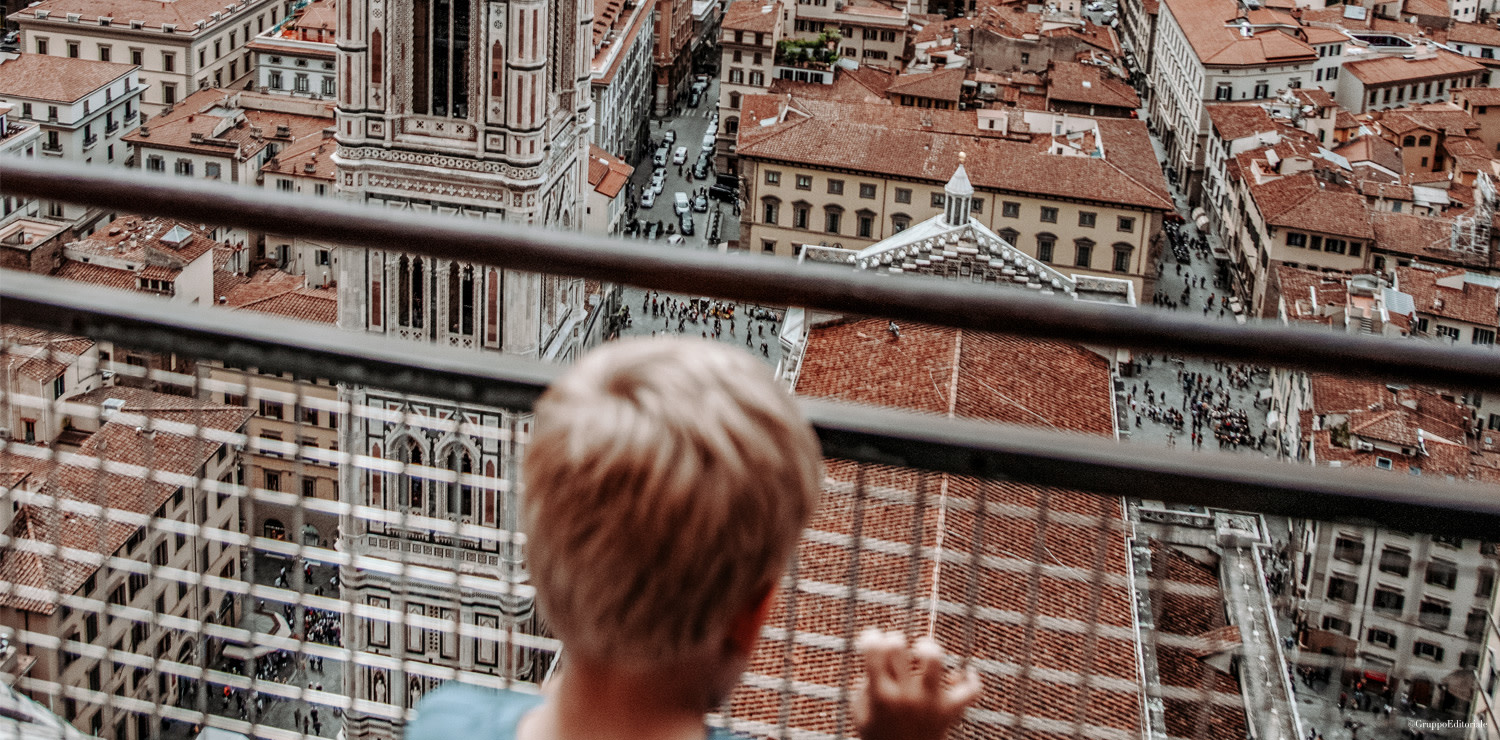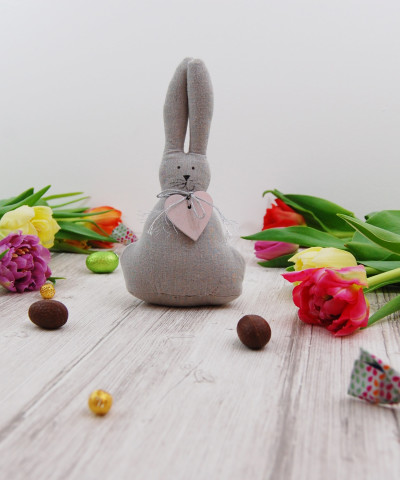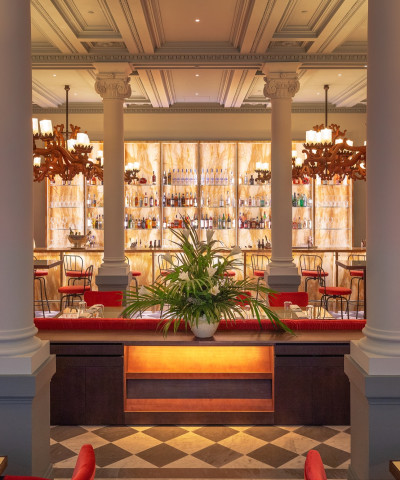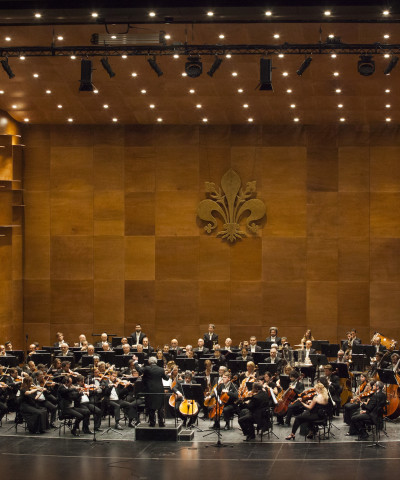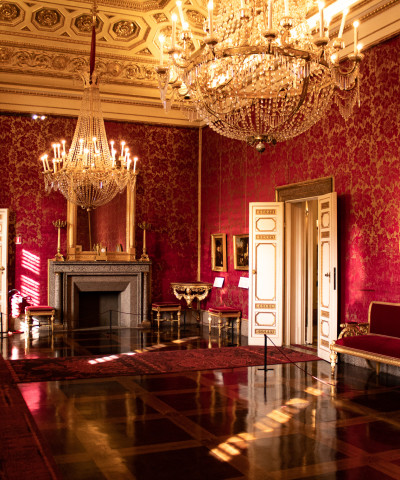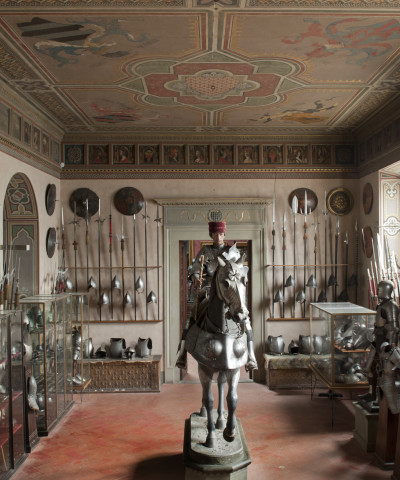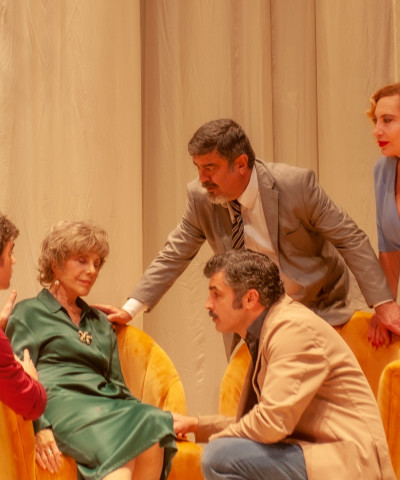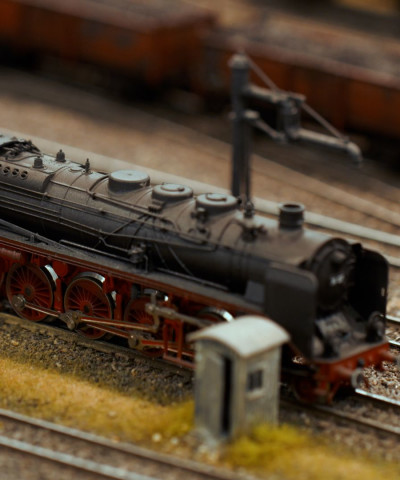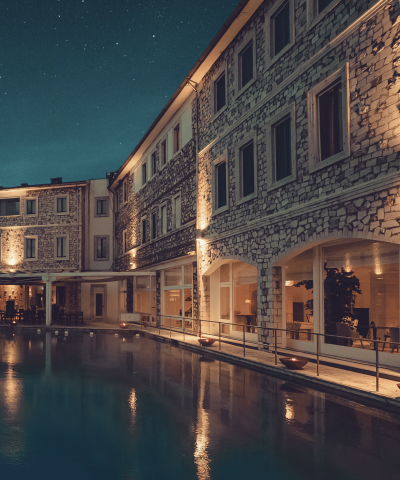The Florence of children
Places not to be missed for a city that knows how to be loved even by the youngest
We often write and read about a Florence full of charm and beauty, a city where art finds its ideal place. But it is not only this. Florence is also an ideal destination for children and their families: an open-air museum easily accessible on foot and a treasure trove of truly unique experiences, all dedicated to children. Get ready for this trip!
On the hill of Montughi, in Florence, stands the villa that an enlightened man, Frederick Stibbert, transformed from a home to a museum, donating it to the city of Florence at his death. The Stibbert collection today consists of about fifty thousand objects. The most consistent and interesting section is that of the armoury, composed of numerous armour, white weapons and firearms, mainly dating back to the 16th-18th centuries.
The collection also includes costumes and porcelain but the rooms with the paintings should not be overlooked. Frederick also had the Park redesigned to the canons of the English garden, with small temples, caves and water features.
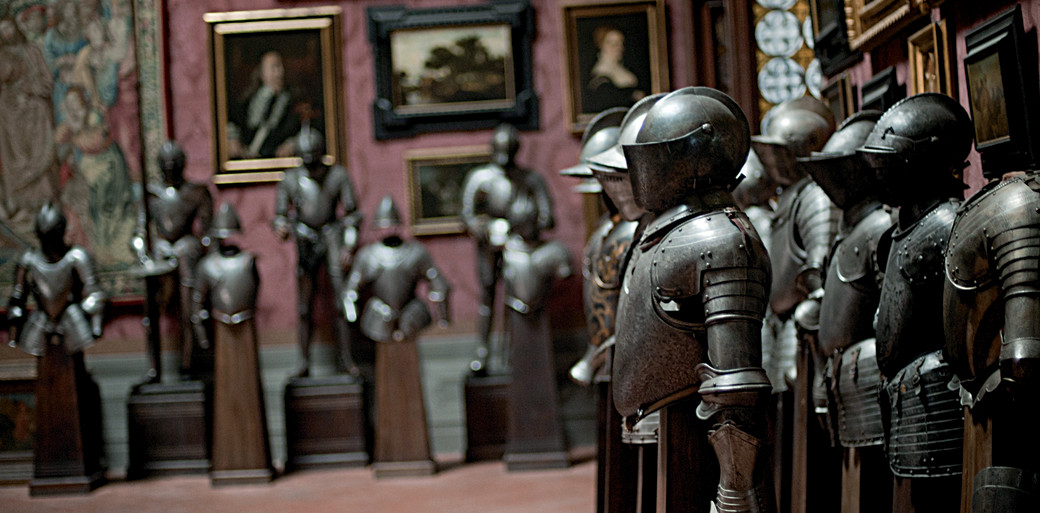 Stibbert Museum, Florence
Stibbert Museum, FlorenceWe are in the heart of the city, where stands the majestic Palazzo Vecchio, in Piazza della Signoria. Inside, some of the muscial spaces have been converted into a museum project dedicated to the knowledge of children, the Museo dei Ragazzi di Palazzo Vecchio. In the imposing rooms of the palace there are in fact two small theatres, a room dedicated to the narration of historical stories specially created for children aged three to seven years, a painting atelier and a space designed to introduce children to the concept of perspective applied to art.
The offer is accompanied by the opportunity to discover the flourishing period of the Renaissance, with the space dedicated 'Renaissance Civilization in Florence for all', ideal for families and children aged eight years and over.
 Palazzo Vecchio, Florence
Palazzo Vecchio, FlorenceIf you are looking for an exciting visit, between history and nature, then you shouldn't miss the Zoological section of the Museo della Specola: the oldest scientific museum in Europe with a collection of 5,000 animals on display to the public.
The heritage of the museum wants to illustrate to visitors the characteristics of all the animals present in nature, dividing them into vertebrates and invertebrates and showing only a part of the collection, which actually consists of 3,500,000 specimens. A reality devoted to representing the animal kingdom in all its nuances, starting with the complete ichthological collection, up to the exhibition of amphibians, mammals and ending with the most particular invertebrates. At the Specola you can also admire the largest collection of anatomical waxes in the world, made in a period between the mid 1700s and the middle of the following century. A unique opportunity to discover the nature that surrounds us in a deep and entertaining way, in the splendid Florentine setting of Palazzo Torrigiani.
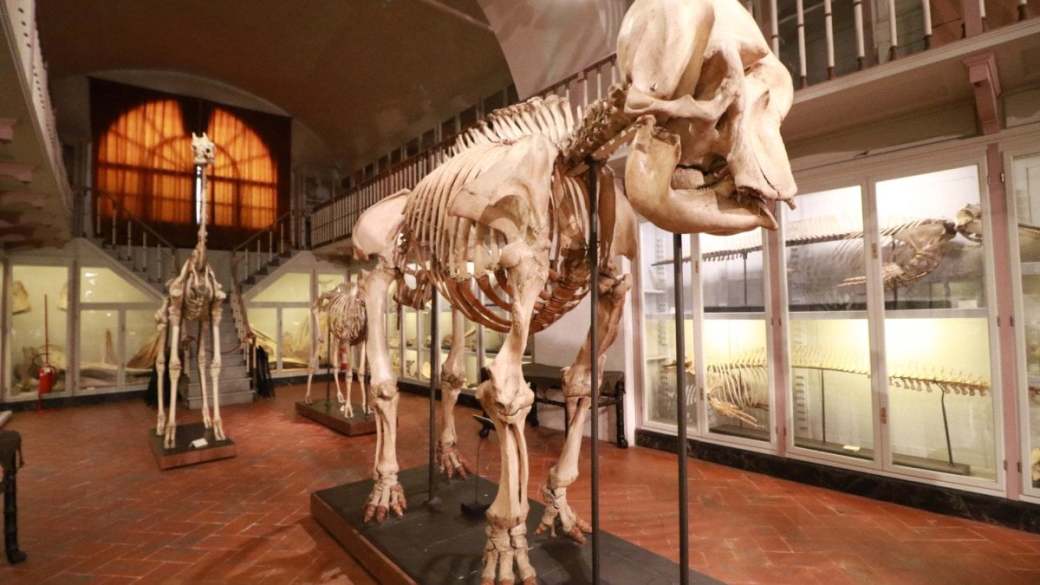 Museo della Specola
Museo della SpecolaHere we are at the Archaeological Museum of Palazzo della Crocetta. The collections present embrace distant cultures and historical periods, with important evidence of Etruscan civilization such as the Obese Sarcophagus and the Sarcophagus of the Amazons and a collection of bronzes, statues and finds belonging to Greek and Roman civilizations. The museum also offers an entire wing dedicated to ancient Egypt, with rare and precious finds.
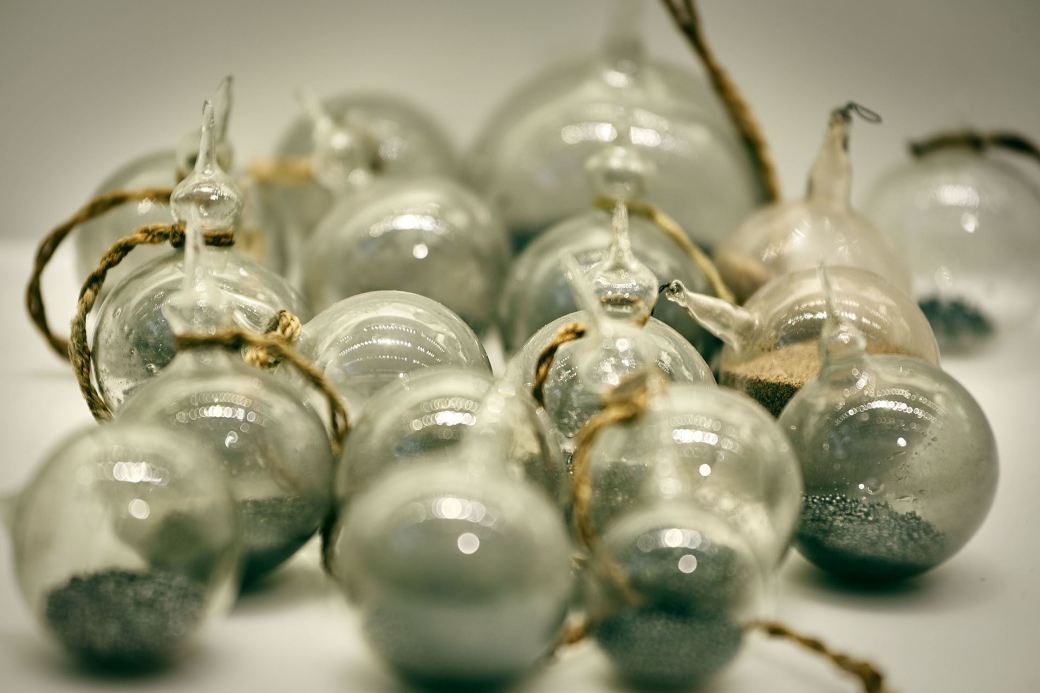 Museo Galileo
Museo GalileoThe Museo Galileo in Piazza dei Giudici in Florence, set up behind the Uffizi museum in the historic Palazzo Castellani, has over eighty years of history. The peculiarity of the Museo Galileo is its deep attention to the science of the Renaissance and the periods immediately following, until the nineteenth century: the real highlight of the exhibition is represented by the Galilean originals, and especially the two telescopes and the objective lens of the telescope thanks to which the great Pisan was able to see the famous satellites of Jupiter.
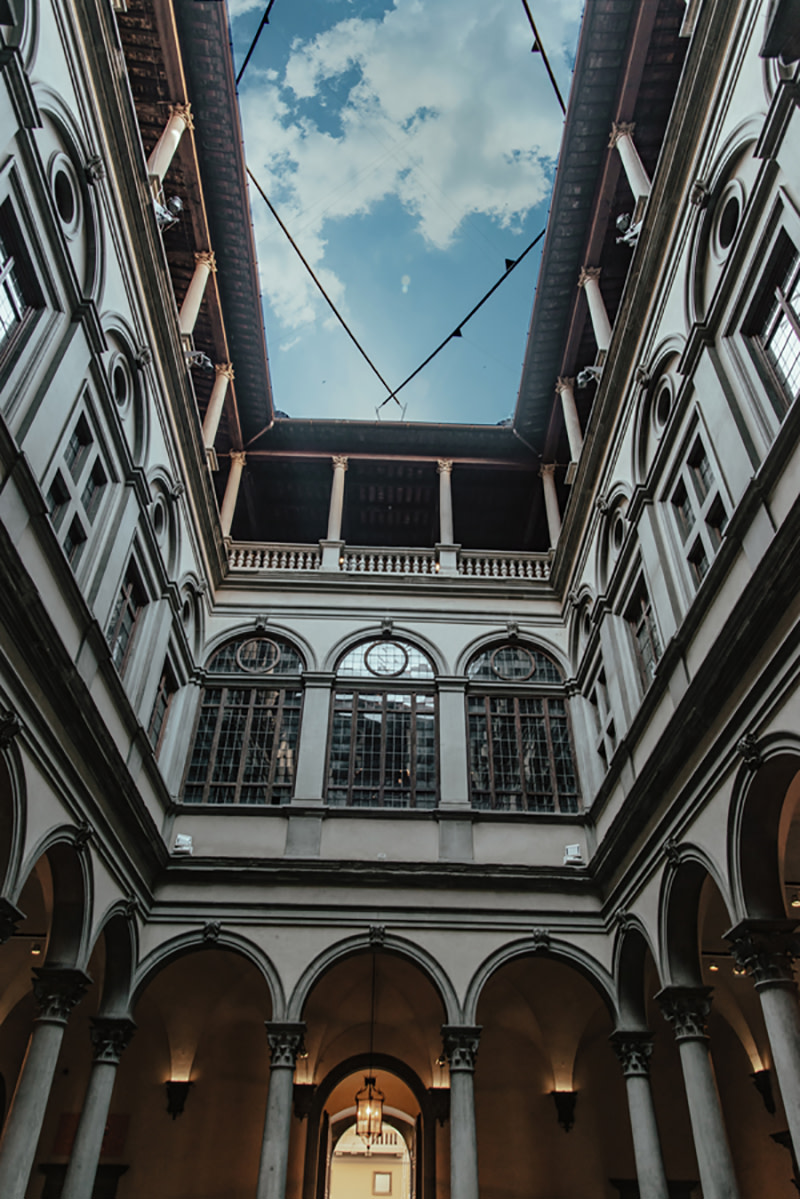 Palazzo Strozzi, Firenze
Palazzo Strozzi, FirenzeWe conclude with the famous Palazzo Strozzi, which is not only an exhibition but a place to experiment with new ways of relating to art, with activities for schools, families, young people and adults. The starting point of each project is the relationship with the work of art, the comparison with the history and culture of each era, to suggest a new way to observe the past and reflect on the present. Conversations in the exhibition, visits, workshops and accessibility projects offer everyone the chance to make engaging and stimulating experiences: at Palazzo Strozzi everyone can find their own way to encounter art.






